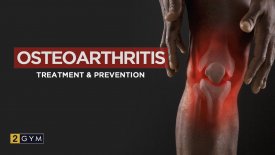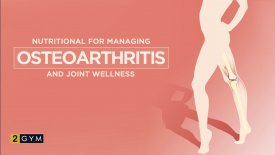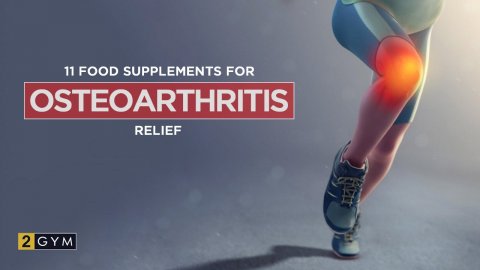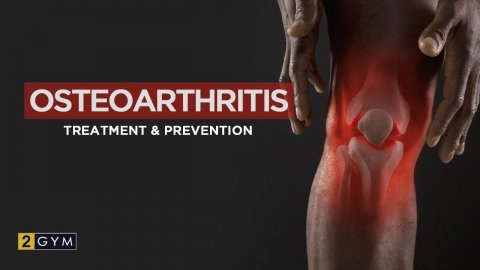Symptoms of Osteoarthritis
The symptoms of osteoarthritis can vary from person to person, but common signs include joint pain, stiffness, and swelling. The pain is often worse after periods of inactivity or with repetitive movements.
As the disease progresses, joint flexibility and range of motion may be significantly reduced. Some individuals may also experience joint crepitus, a crackling or grating sound during joint movement.
In addition to joint-related symptoms, osteoarthritis can also cause muscle weakness and imbalances, as well as joint instability. These factors can further contribute to joint pain and functional limitations.
It is important to recognize the early signs of osteoarthritis and seek appropriate medical attention for diagnosis and management.
Risk Factors for Osteoarthritis
Several factors increase the risk of developing osteoarthritis. Age is a significant risk factor, as the prevalence of the condition increases with age. Joint injuries, such as fractures or ligament tears, can also increase the likelihood of developing osteoarthritis later in life.
Obesity places excessive stress on the joints, particularly weight-bearing joints, and is associated with a higher risk of osteoarthritis.
Genetic factors can play a role in the development of osteoarthritis. Certain gene variations may affect the structure and function of cartilage, making it more susceptible to damage and degeneration.
Other risk factors include occupations or activities that involve repetitive joint movements or heavy lifting, as well as underlying conditions such as rheumatoid arthritis or metabolic disorders.
Treatment Options for Osteoarthritis
The management of osteoarthritis aims to alleviate pain, improve joint function, and enhance quality of life. Treatment options may include a combination of non-pharmacological and pharmacological approaches.
Non-pharmacological interventions include lifestyle modifications, such as weight management, regular exercise, and physical therapy.
Exercise is a crucial component of osteoarthritis management as it helps strengthen the muscles around the affected joints, improves joint stability, and increases flexibility.
Physical therapy can provide targeted exercises and techniques to reduce pain, improve joint range of motion, and enhance overall physical function.
Pharmacological interventions may include the use of analgesics, nonsteroidal anti-inflammatory drugs (NSAIDs), and topical creams or gels for pain relief.
In some cases, intra-articular injections of corticosteroids or hyaluronic acid may be recommended to reduce inflammation and improve joint lubrication.
Surgical interventions, such as joint arthroplasty or joint replacement, may be considered in severe cases of osteoarthritis where conservative treatments have not provided sufficient relief.
These procedures aim to replace damaged joint surfaces with artificial components, restoring joint function and reducing pain.
Lifestyle Modifications and Self-Care Strategies
In addition to medical interventions, certain lifestyle modifications and self-care strategies can help manage the symptoms of osteoarthritis and improve joint health. Maintaining a healthy weight is crucial as excess weight puts additional stress on the joints.
Engaging in regular low-impact exercises, such as swimming or cycling, can help strengthen muscles, improve joint flexibility, and support overall joint health.
Protecting the joints from excessive stress or injury is important in preventing further damage. Using assistive devices such as braces, orthotics, or walking aids can provide support and reduce joint strain. Applying heat or cold packs to the affected joints can help alleviate pain and reduce inflammation.
It is also important to prioritize rest and allow for proper recovery between activities.
Сonclusion
In conclusion, osteoarthritis is a common joint disease characterized by the progressive deterioration of cartilage. Understanding the symptoms, risk factors, and available treatment options is essential in managing the condition effectively.
Combining medical interventions, lifestyle modifications, and self-care strategies can help individuals with osteoarthritis improve joint function, reduce pain, and enhance their overall quality of life.







